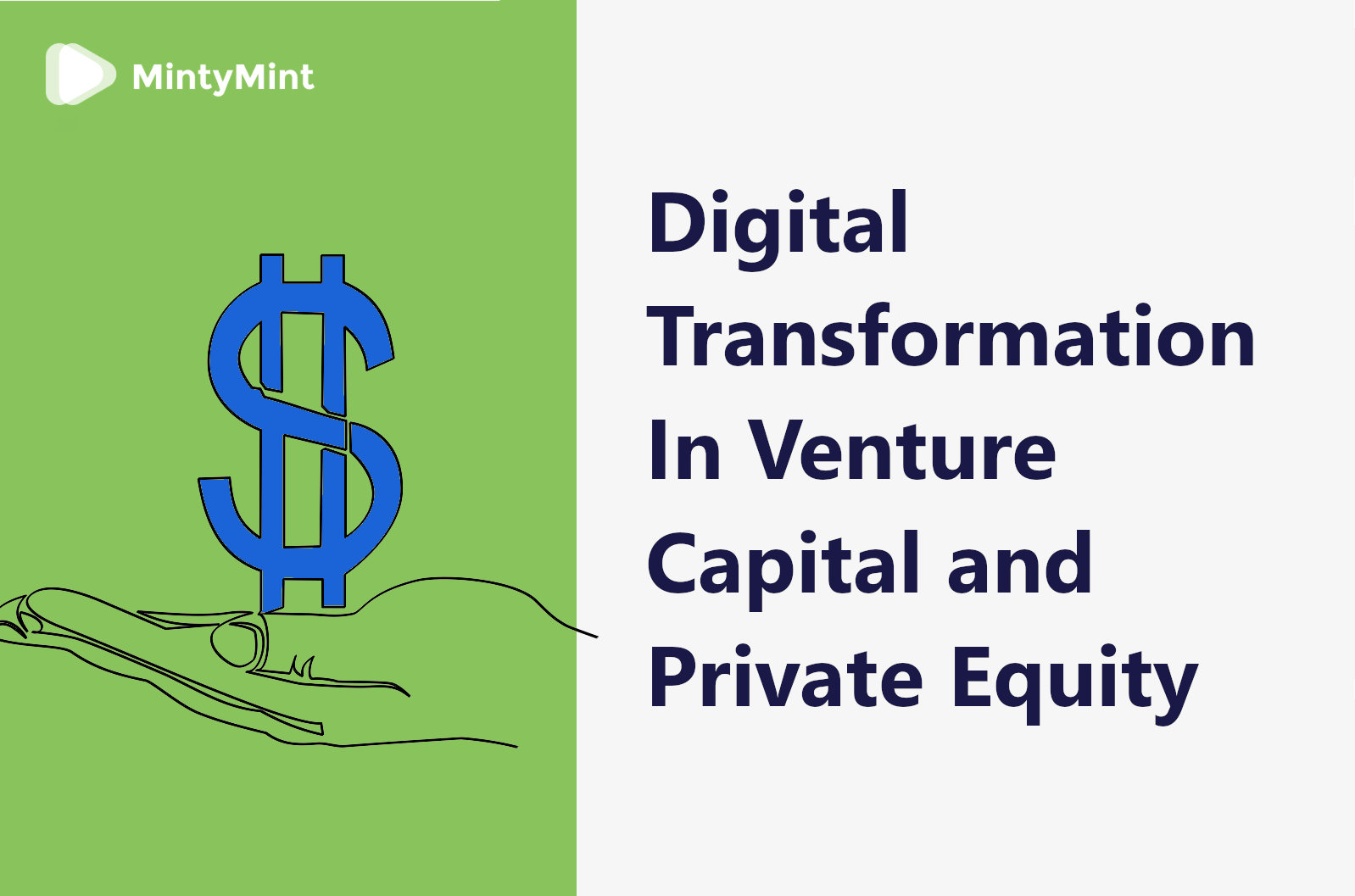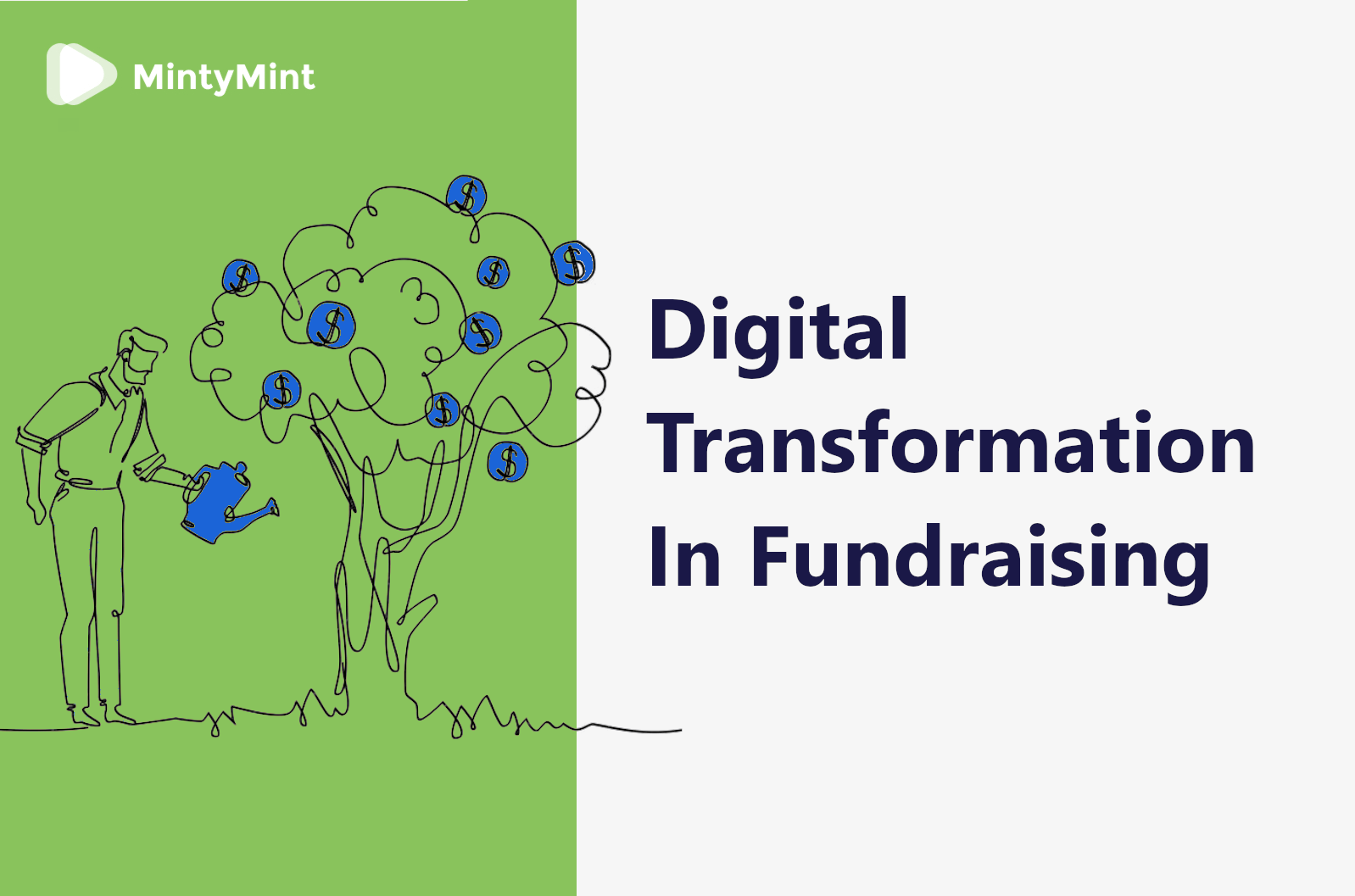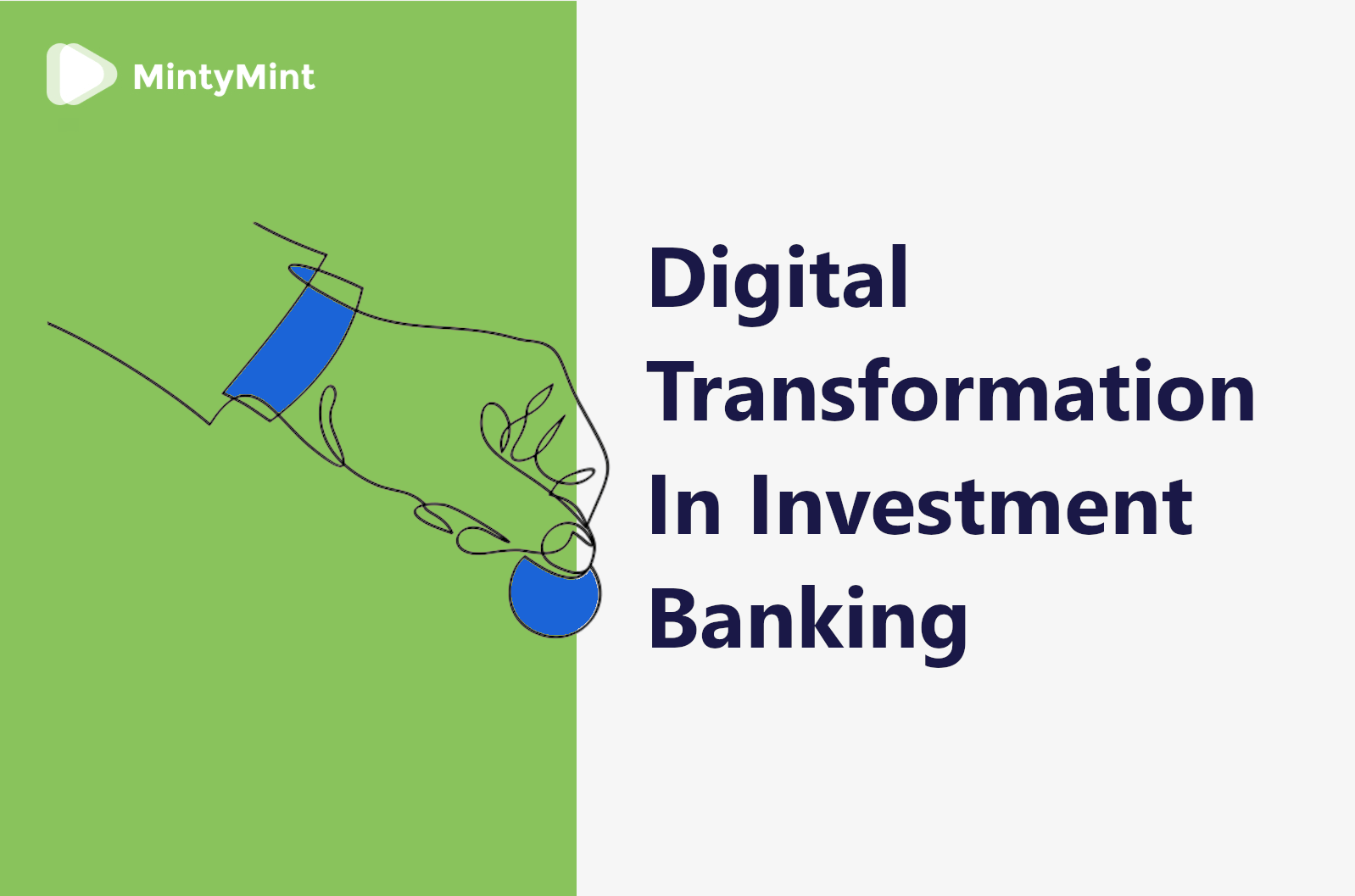The COVID crisis has hit many if not all industries around the world, and healthcare is among the most affected.
However, big challenges are pushing big progress, and medical institutions are evolving big time, adapting their tech approaches to meet the new realities. Digital transformation plays a key part in this process, helping the industry approach its goals and bring care services to the next level.
What are some of the main achievements in the field so far? And what digital obstacles are still there for medical institutions to overcome?
Read on to find out.
Digital healthcare trends and opportunities
First of all, let’s talk about the main trends and opportunities we see in digital healthcare right now.
1. Administration and facility management
Hospital workflow processes
There are nearly a billion doctor visits a year in the US alone. So, effectively managing medical operations is difficult to overestimate.
Clinicians have to manage things like staff scheduling, patient flow, rooms and procedures, stock supplies, billing, claims processing, etc. And given the automation technologies available today, along with the pressure on the global healthcare systems – wasting staff time on routine processes is nearly criminal negligence.
The solution?
Integrate an ERP (Enterprise Resource Management) software. It can free a ton of your employee’s time, allowing them to focus on more human-dependent tasks and direct patient care.
Online medical appointment scheduling
We’ve already talked about the number of doctor visits in the US ad benefits of automated scheduling from the perspective of institutions. On the client’s side, this means a convenient way to make and manage appointments. In fact, only 7% of first-case medical appointments in the UK were conducted in person this year.
In this regard, an online medical appointment portal or app like the one we’ve built recently is an essential component of an effective care cycle and a convenient tool for clients and patients.
Personal electronic medical records
Another area of care where automation yields positive results is the unification of Electronic Medical Records.
EMRs are already rather widely applied across the industry. However, institutions often use multiple solutions that lack interoperability features. Unsurprisingly, a study found that most EMR users consider their solution F-grade usability-wise. Which is pretty much as bad as it gets.
Automated software can boost the EMR user experience and improve interoperability between departments and institutions by effectively gathering information from multiple sources.
Clinical documentation software
Documentation is another big part of the healthcare activities in medical institutions. It occupies a lot of the admin time and a quarter of the doctors’ active working hours.
As paperwork becomes obsolete, electronic documentation is a practical way to manage vital legal and medical information. Accessible round the clock and globe, e-papers are super convenient and securely protected. So, having a reliable digital solution for documentation and reporting is quite important.
2. Care cycle
Medical science and research
Modern healthcare practices are developing and diversifying exponentially. Consequently, it is increasingly challenging for clinicians to keep track of all the latest research and discoveries in the medical world, let alone systemize them into a practical treatment approach. That causes a substantial gap between current scientific progress and actual implementation of the knowledge on-sight.
BigData analysis can help systemize lab data and effectively apply these findings in the real world, potentially saving countless lives.
Diagnosis and predictive care
Using AI to analyze health records allows to increase diagnosis accuracy and develop an effective treatment approach.
More so, algorithms can foresee potential health risks for groups and individuals and prevent them by suggesting predictive care strategies.
Finally, monitoring patients through the Internet of Medical Things can help to gather accurate real-time data on their well-being, detect medical hazards, and assist in emergencies.
Contact tracing solutions
Contact tracing solutions have been another major focus of the global healthcare industry.
A bunch of Exposure Notification Systems (ENS) have emerged to help monitor and contain the spread of COVID by alerting those at risk of contracting the virus.
Developed by both state and private companies, these tools are estimated to not only help but effectively stop the pandemic at an 80% adoption rate. Whereas, the apps will already have a positive effect essentially from zero and up usage.
3. Finances, billing, and privacy
Insurance claims processing software
Insurance and claims processing is also a big deal in the healthcare sector. With up to 400 million insurance fraud cases a year in the US alone – accurately accessing insurance claims is extremely important.
At that, effectively processing such a scope of information by hand is barely realistic. Meanwhile, AI algorithms can easily crack such tasks and enable instant claims evaluation & response.
Medical billing software systems
One more finance-related healthcare activity to improve through automation is billing.
Medical services imply a ton of bills, money transfers, insurance claims, etc. Meanwhile, a recent study found that nearly half of all medical claims have billing mistakes and errors. That’s a lot of money wasted in the form of false client charges and reimbursements.
Automated billing solutions can drastically reduce such issues and save tons of money for medical institutions and their clients.
Medical data protection
One more significant concern in the healthcare world is data privacy.
Medical institutions keep a lot of sensitive personal information like medical records, contacts, addresses, and financial data. Unfortunately, it’s not always used properly.
Digital solutions help to effectively manage personal data and ensure it is used correctly through introducing role-based access. Like that, a doctor would access the client’s medical record, while the administrator only sees relevant billing information, and so on.
Current healthcare challenges
Regardless of the global urge and efforts towards quicker industry transformation, obstacles are still present on our way to fulfilling it according to the design.
From preparing medical staff to meet the new challenges in the digital realm and polishing the technological component behind the initiative, to getting the general public on track with the new healthcare direction – there’s still a good way to go before the transformation happens.
– Medical staff training
Before anything else, a lack of appropriate staff training represents a major obstacle to successful and quick industry transformation. The new ways of conducting medical activities require medical personnel to adapt rapidly in order to successfully meet emerging challenges. And this adaptation concerns the medical specialists’ skills and resources, as well as the general procedure.
The problem is that the hospitals’ MDs and GPs that are on the frontlines of implementing telemedicine are not technology experts themselves. Whereas healthcare transformation requires both a clear understanding of the traditional industry processes and the technical savviness just as much. This is, although minor, but still a contributing factor to slowing down digital healthcare adoption.
– Technology imperfection
That said, the human factor is far not the only obstacle for the industry. The very technological component on which the entire process of digital transformation rests has to evolve in order for the industry to cope with the day-to-day challenges that are emerging right now.
In order for the system to work, it has to remain coherent on many levels. From primary and secondary care to provision and so on. At that, the interoperability inside and between healthcare branches is still insufficient.
More so, there are rather unexpected issues medical institutions come across. Things like mailbox storage getting filled up from the flood of emails up to a point where new ones aren’t received. Or difficulties with accessing clinical applications for providing medical assistance. Various compatibility issues… There’s a new one every day. All of these problems have to be resolved, and there is no way of predicting them beforehand.
– Privacy concerns
The digitization of healthcare records and activities is putting sensitive patients’ (privacy) data in a vulnerable position. On one hand, this creates a need for additional regulations in the industry. On the other – a need for appropriate digital solutions that will grant people’s privacy.
A lot of people are not ready to share their medical data with a digital third party fearing it would be disclosed. Which, although improbable, does not come without precedents. Like that, the lack of trust from the public creates resistance to the adoption of the new medicare approach.
This brings us to another telemedicine problem…
– Consumer preparedness
Truly, the primary beneficiaries of telehealthcare are those that are most vulnerable in times of a health crisis. However, many of them are not ready to switch to the new approach because of ideology, habits, or available technology.
First of all, the elderly are used to the old ways of doing things. Having grown up in the pre-digital era, they often struggle to comb through the complexities of various online systems. At the same time, a big chunk of the global population experience a far less favorable socio-economic situation than required for healthcare digitalization. They simply do not have access to the new tech provided. And then there are conspiracy theorists and ultra-conservatives that do not fancy the new tech’s overwhelming expansion for their own reasons…
So, consumer preparedness is another obstacle in the way of establishing coherent and effective digital healthcare systems.
Final word
Business process automation is a vital topic in healthcare.
The pandemic has pushed medical institutions into the digital realm, and global healthcare transformation is deploying at an unparalleled pace, with businesses looking for various IT solutions to improve workflows and stay competitive.
While there are still a lot of challenges to overcome on this path, it is clear that an agile approach in technology integration, as well as proactive action on daily “management” issues, are two main things the industry should focus on to successfully achieve its goals.
We ourselves have recently developed an online medical appointment service, so don’t hesitate to contact us if you need any help with your digital healthcare endeavors!



















